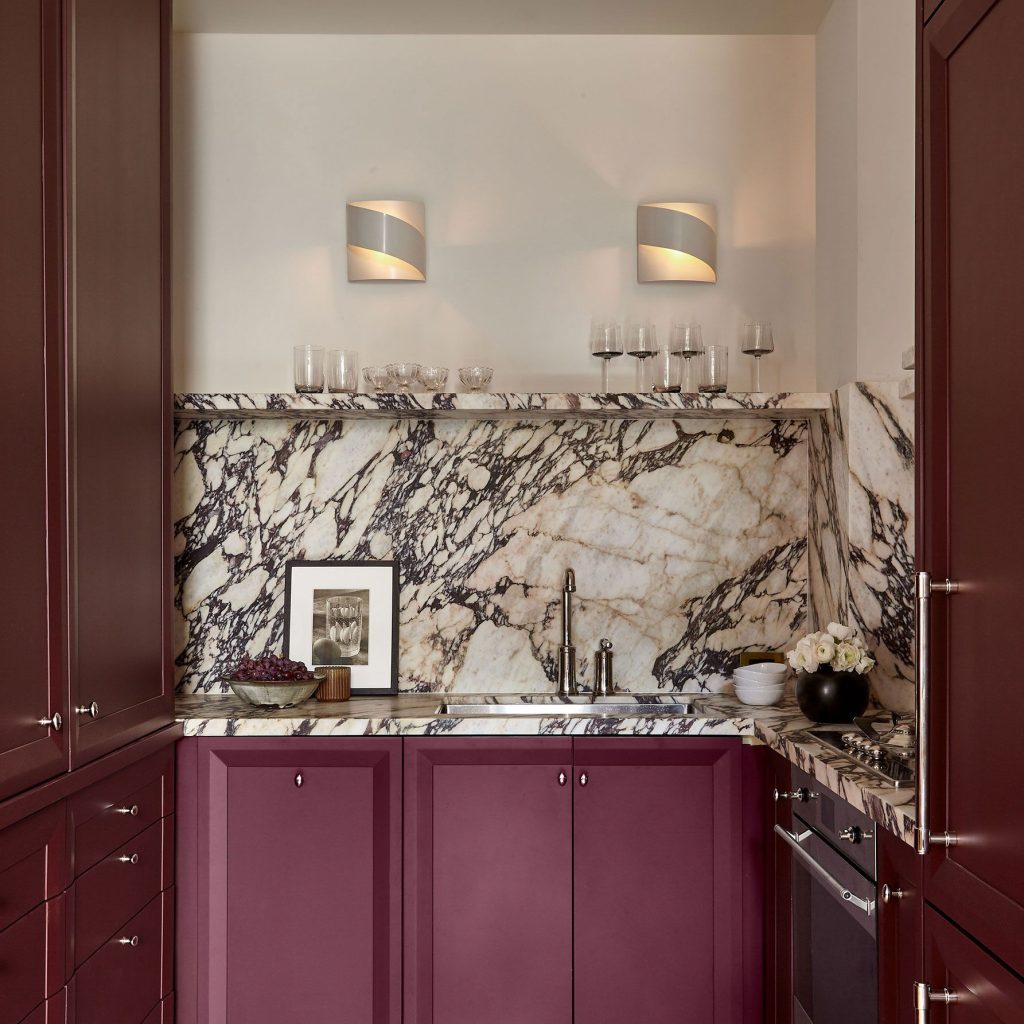The Timeless Glamour of Art Deco Style Lounge: A Design History

Introduction
Art deco is a style that emerged in the 1920s and 1930s and is known for its sleek lines and geometric shapes. The style was heavily influenced by the Art Nouveau movement, as well as by the Machine Age. Art deco quickly became popular in everything from architecture to fashion, and was especially prevalent in the design of lounges and bars.
In this article, we will explore the history of art deco style lounges, discussing their design elements and the cultural and historical context in which they emerged.
The Emergence of Art Deco Style Lounges
Art deco style lounges first emerged in the 1920s. At this time, the world was recovering from the devastation of World War I, and there was a growing sense of optimism and celebration. This was reflected in the design of public spaces such as lounges and bars, which were designed to be luxurious and glamorous, providing people with a respite from the drudgery of everyday life.
The design of art deco style lounges was heavily influenced by the 1925 Exposition Internationale des Arts Décoratifs et Industriels Modernes, which was held in Paris. This event showcased the latest in modern design and helped to popularize the art deco style internationally.
Design Elements of Art Deco Style Lounges
Art deco style lounges are characterized by their sleek lines, geometric shapes, and bold use of color. Common design elements include:
- Angular, geometric furniture
- Bold, contrasting colors such as black and white, or red and gold
- Polished chrome or brass finishes
- Decorative motifs such as sunbursts, zig-zags, and chevrons
Art deco style lounges were also known for their luxurious materials, such as velvet, silk, and leather. These materials were often used in combination with exotic woods and metals to create an opulent and glamorous aesthetic.
Examples of Art Deco Style Lounges
There are many examples of art deco style lounges around the world, from the famous Claridge’s Bar in London to the New York City landmark The Rainbow Room. Some other notable examples include:
- The American Bar at the Savoy Hotel in London
- The French Bar at the Ritz-Carlton in New York City
- The Green Room at the Blackstone Hotel in Chicago
Each of these lounges has its own unique style, but all exemplify the glamour and luxury that is synonymous with art deco style.
The Enduring Appeal of Art Deco Style Lounges
Although art deco style lounges were originally designed to cater to a specific moment in history, they continue to have enduring appeal today. This is in part due to their timeless design, which has remained relevant despite the passage of decades.
In addition, the resurgence of interest in retro design has helped to revive interest in art deco style lounges. As people seek out experiences that are nostalgic and authentic, these lounges offer a way to step back in time and experience a bygone era of luxury and glamour.





